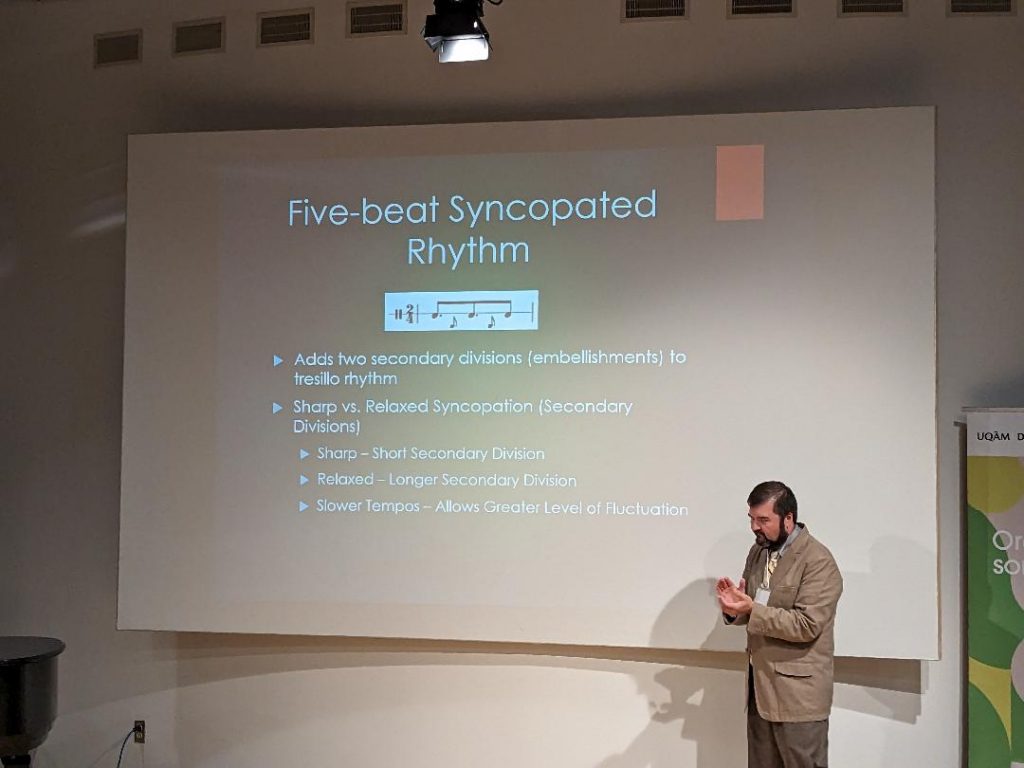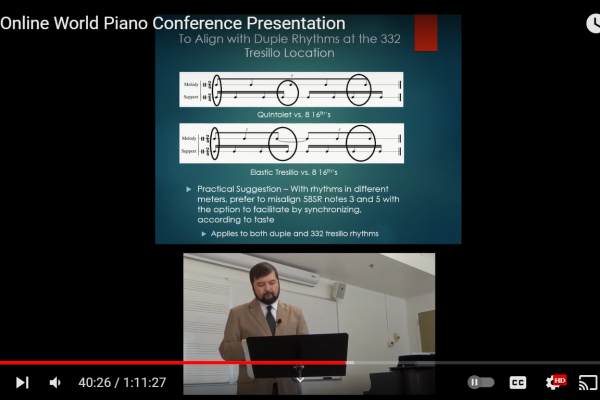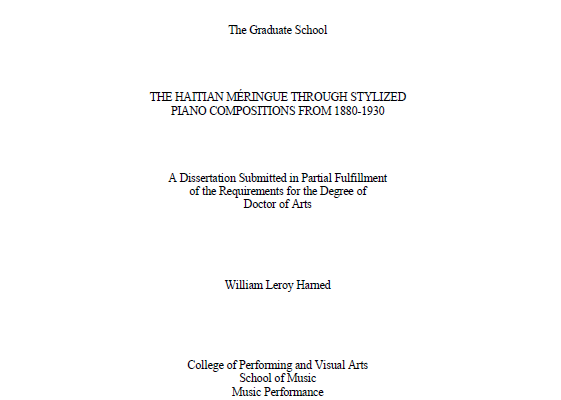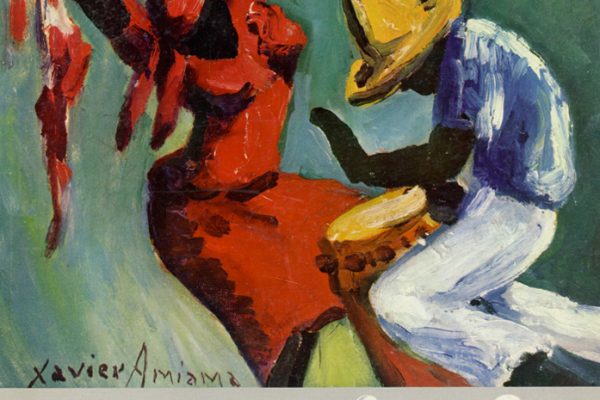Virtual Handout for MMTA Presentation
On this past Halloween I presented Recently Exposed Haitian Music Available in Digital Format and How They Preserve Cross-Rhythms Between the Hands at the Mississippi MTNA State Conference. Here’s a link to my virtual handout that includes: my slides, a link to the SRDMH archive to purchase Haitian music, a PDF file with a list of the piano music from the archive, and a translation of a preface to a publication in Vienna of Saintonge’s music that the editor and the co-founder of the archive personally translated for me just before the conference.
Shortened Document
This 11-page document succinctly presents my research findings from my dissertation. It explains my theories of the execution of the Haitian quintolet and Puerto Rican elastic tresillo type B rhythms, which academia currently has no writings about the performance practice of these rhythms since its inventors around 1890 (a tresillo rhythm with the first two beats evenly divided). This document also explains how these rhythms preserve cross-rhythms with misalignment of tresillo-based triple rhythms to the duple meter. This allows true independence between duple and tresillo-based triple-metered rhythms, which especially benefits pieces with slower tempos. Traditional use with the Cuban cinquillo rhythm for the tresillo-based five-beat syncopated rhythm synchronizes to the duple meter to disallow cross-rhythms. It also explains my method of categorizing different transcriptions of the same syncopated rhythm by comparing the lengths of the primary rhythm to their embellishments or secondary divisions.
2023 World Piano Conference
Here is my presentation for the online edition of the 15th World Piano Conference. It discusses the execution of the tresillo-based five-beat syncopated rhythm from the ground up, how this rhythm, notated as the Haitian quintolet and Puerto Rican elastic tresillo rhythms, preserves cross-rhythms in Haitian compositions, and a quantitative system for categorizing syncopated rhythms.
https://www.wpta.info/wpc/15th/
Presentation in Montreal
Dr. Claude Dauphin, the co-founder of the SRDMH archive and top musicologist of Haitian music, asked me to present at the conference entitled “Valorisation des répertoires musicaux classiques afro-diasporiques” on September 30 in Montreal to publicize their new digital editions of Haitian art music. I presented on the topic, given from Dr. Dauphin: “Uses and Categories of Syncopated Rhythm Notation in Piano Art Music from Haiti (Méringue-Quintolet), Puerto Rico (Elastic Tresillo) and Cuba (Cinquillo).” I also provided the closing performance of Julio Racine’s Vodou Jazz Flute Sonata with Dr. Dauphin’s wife, Edith.
https://youtu.be/hwGauH_1kyE?si=wZurUPz0SxfnD1pd
I will make similar presentations for the online version of the 2023 World Piano Conference, which will go online in November, and the MMTA State Conference at Mississippi State on October 27th.






Dr Bill Harned to Present at 2023 MTNA National Conference – 3/27/23
Bill will present Performance Practice of Innovative Caribbean Rhythmic Notations in Stylized Compositions of the Haitian Méringue based on his dissertation research at the Nugget Casino at 10:30am in the Sierra 1 room.
MTNA Website’s Schedule with a downloadable Handout:
Presentation for the World Piano Conference
Here’s a link to my presentation about how the Haitian quintolet and Puerto Rican elastic tresillo rhythms preserve cross-rhythms. I was able to expose several excerpts of this relatively unknown music with examples provided with music.
Hatian Méringue Through Stylized Piano Compositions from 1880 to 1930 – Download my dissertation
Dr Bill Harned discusses the Haitian Méringue by analyzing recently published stylized pieces for the piano from the SRDMH archive in Montreal. It also explains the performance practice of unique rhythmic notations from Haiti and Puerto Rico.
The many figures of musical excerpts throughout show examples of these constructs. The interview with the S.R.D.M.H. archive founder and musicologist, Claude Dauphin, at p. 130 provides a wide range of information concerning the Haitian musical style. In 2014 Dauphin published Histoire du style musical d’ Haïti, which is considered as the most extensive work on Haitian music.
I will be discussing how these rhythms preserve cross-rhythms between duple and triple meters in the online version of the World Piano Conference based out of Serbia in October 2022. In a shorter presentation at the MTNA National Conference in Reno in March 2023, I will only discuss the performance practice of these innovative rhythmic notations.
Méringue Recital
In August 2019 I gave an informal recital for family on my grandmother Nellie Jean Harned’s (who was also 3/8 Cherokee) upright piano of Haitian Méringues that I will be analyzing for my dissertation. The SRDMH archive in Montreal has been converting relatively unknown Haitian classical music into digital format for purchase.
From this recital you can only find tracks 12 and 13 on Youtube. The rest are unknown to the public though you may know the tune to Track 3 as “Yellow Bird.”




